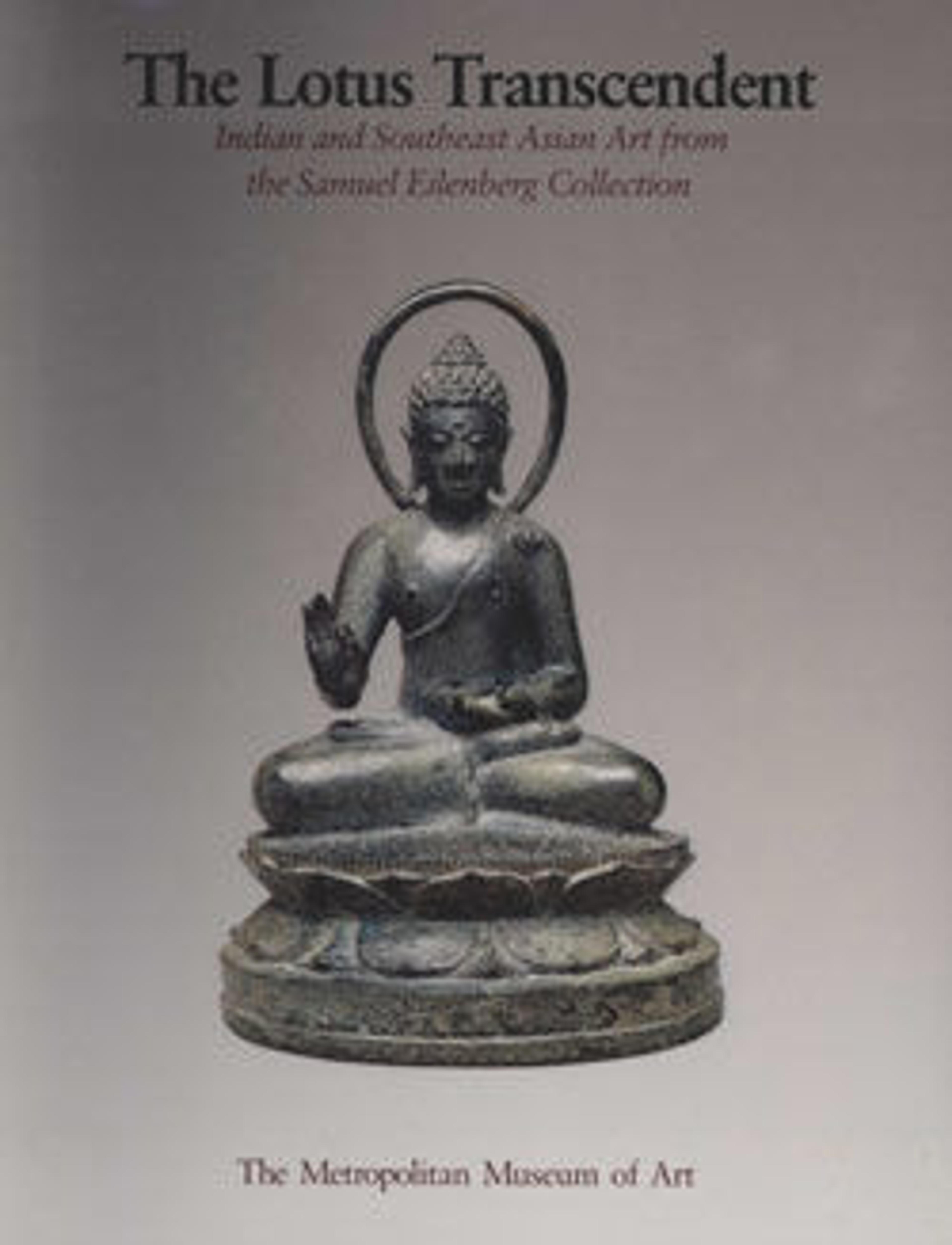Standing Boar
During the rule of the Eastern Javanese kingdom of Majapahit (fourteenth through early sixteenth century), there developed a fondness for a category of object apparently derived from the Western piggy bank. Many terracotta pigs, naturalistic and usually well sculpted, with slots cut at the top so that they could serve as coin boxes, have been recovered from around Trowulan, the Majapahit capital. Even though swine must have played an important role in the domestic economy, the reasons for the great popularity of this animal shape for coin boxes in Eastern Java are unclear. It has been suggested that the shape is a well-suited allusion to financial success as well as culinary delights, since pork and especially suckling pigs are considered a great delicacy. A few of these terracotta pigs are unslotted, and their function, like that of this rare example in bronze, remains unknown.
The fierce look of this creature and his projecting tusks suggest he is a wild boar who is sufficiently domesticated to wear a chain with a bell, a common feature of most of the Eastern Javanese terracotta piggy banks. Hollow, this charming boar was cast in two sections—front half and back half.
The fierce look of this creature and his projecting tusks suggest he is a wild boar who is sufficiently domesticated to wear a chain with a bell, a common feature of most of the Eastern Javanese terracotta piggy banks. Hollow, this charming boar was cast in two sections—front half and back half.
Artwork Details
- Title:Standing Boar
- Period:Eastern Javanese period
- Date:ca. 14th century
- Culture:Indonesia, (Java)
- Medium:Bronze
- Dimensions:W. 6 13/16 in. (17.3 cm)
- Classification:Sculpture
- Credit Line:Samuel Eilenberg Collection, Gift of Samuel Eilenberg, 1987
- Object Number:1987.142.259
- Curatorial Department: Asian Art
More Artwork
Research Resources
The Met provides unparalleled resources for research and welcomes an international community of students and scholars. The Met's Open Access API is where creators and researchers can connect to the The Met collection. Open Access data and public domain images are available for unrestricted commercial and noncommercial use without permission or fee.
To request images under copyright and other restrictions, please use this Image Request form.
Feedback
We continue to research and examine historical and cultural context for objects in The Met collection. If you have comments or questions about this object record, please contact us using the form below. The Museum looks forward to receiving your comments.
